Mo Gawdat, former chief business officer of Google X, the tech giant’s craziest lab, has poured cold water on the optimists. “The idea that artificial intelligence will create new jobs is 100% bullshit,” he declared bluntly. His own startup, Emma.love, was built by just two software engineers and himself, with the help of AI. Such a project, in the past, would have consumed the resources of 350 people.
Gawdat’s warning isn’t just about manual or repetitive jobs. He believes that even creative and senior management positions aren’t safe. From video editors to podcast producers to CEOs, everyone is at risk of being replaced. “There will come a time when most incompetent CEOs will be replaced,” Gawdat says, because an Artificial General Intelligence (AGI) will be “better than humans in every area.”
This is not a lone voice. Gawdat’s argument resonates with a worrying trend that has been brewing for decades, one that economists are only now seeing enough data to prove: technology has become a net job killer.
The silent wave of destruction
Throughout history, we have believed in an implicit contract with technology: machines would free people from old jobs, and new industries would spring up to accommodate them. For a long time, this contract has been true. Statistics show that 60% of today’s workforce is in jobs that didn’t exist in 1940.
But a turning point seems to have occurred. David Autor, a prominent economist at the Massachusetts Institute of Technology (MIT), argues that since the 1980s, the balance has been broken. The jobs that automation has taken away have not been offset by the new jobs that have been created.
The core difference lies in the nature of the technology. Autor points out that machines that are more powerful than humans, like tractors, often serve as a supplement, helping a farmer become many times more productive, thereby amplifying the labor force. In contrast, machines that are smarter than humans, like AI, tend to replace labor completely, requiring no supervision or traditional operation.
And AI is getting smarter, faster, at an exponential rate. An OECD report and a PricewaterhouseCoopers study have predicted that 15-30% of jobs in developed economies are at high risk of automation. This is no longer about robot arms in factories, but about algorithms that can write code, diagnose diseases, analyze finances, or even run a corporation.
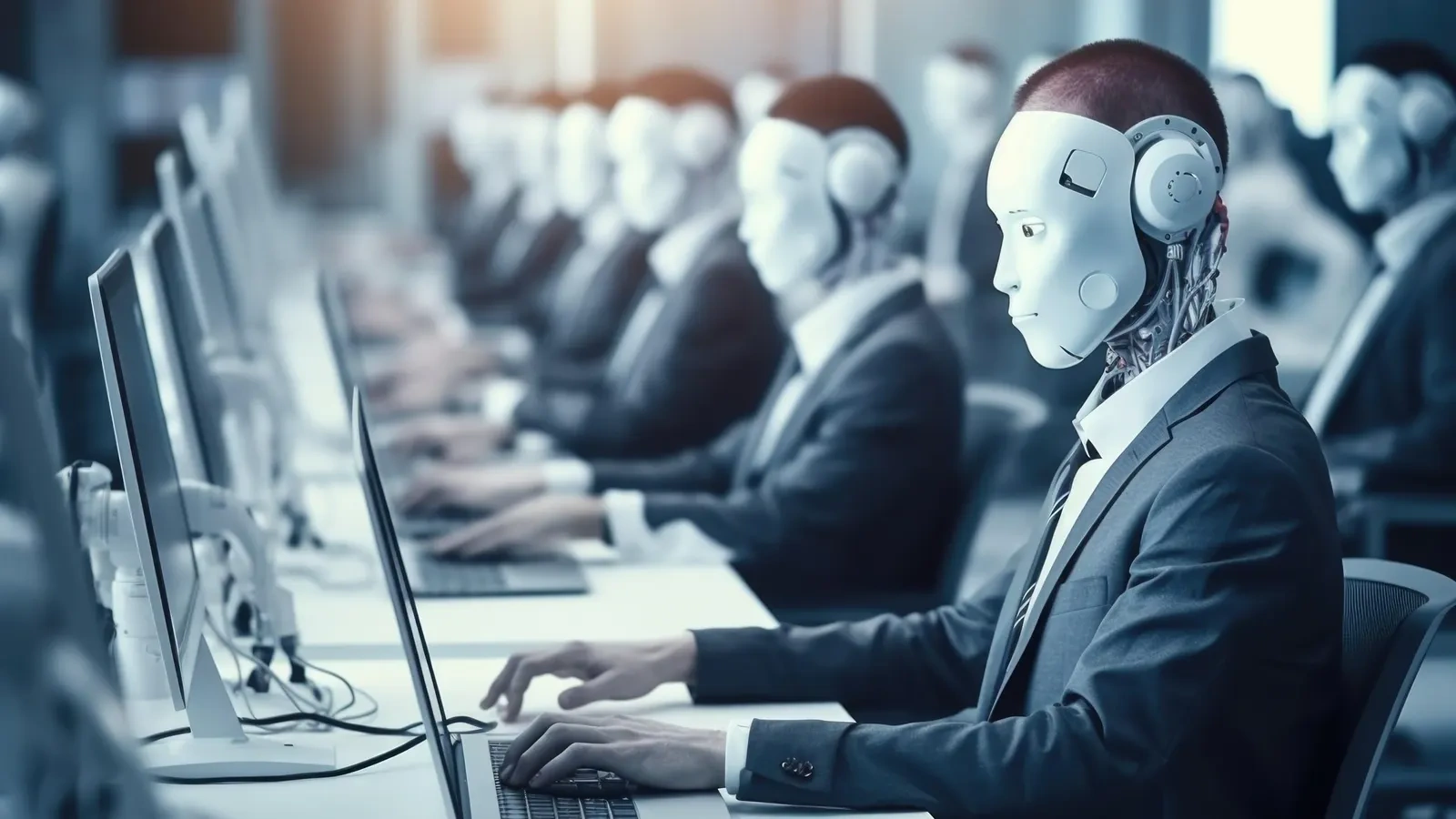
Is technology a job supplement or a job replacement? This has been a debate for decades. But recent academic research suggests that technology has actually been a net job destroyer for decades (Photo: Adobe Stock).
The Great Shift, Not the End of the World
But the picture is not entirely bleak. Amidst predictions of a “job apocalypse,” a major report from Jobs and Skills Australia (JSA) offers a different, more optimistic and realistic view: AI will change jobs more than it will replace them.
In the most comprehensive study ever conducted in Australia, JSA has drawn up a detailed map of the impact of AI on the labor market. The results are surprising.
Not factory workers, but white-collar jobs. Office workers, receptionists, accountants, sales, marketing, public relations professionals, and even programmers and business analysts face the prospect of AI taking over large parts of their tasks. These are jobs that have been less affected by previous waves of automation.
On the contrary, jobs that require manual dexterity, direct human interaction and the ability to adapt to real-world environments become "safe zones". These include cleaning and laundry staff, construction and mining workers, and hotel and accommodation service workers.
The JSA’s most important finding is that nearly half of the current workforce is in occupations with low levels of automation but medium levels of AI support. This means they will see a “transformation” in their jobs, not a complete “disruption.” An accountant may no longer have to do manual data entry, but instead use AI to analyze huge data sets and provide strategic advice.
More notably, when JSA modelled three different scenarios for the pace of AI adoption between now and 2050, they all produced the same result: there would be more jobs in Australia in 2050 with AI than without. While job growth may slow over the next decade as the economy adapts, it would then accelerate more strongly.
Data from the World Economic Forum (WEF) supports this view. While 41% of global employers admit to plans to cut jobs due to AI, 77% of businesses are planning to upskill their current workforce to make them more effective with AI. Companies are not rushing into a massive “bloodbath,” but are looking to integrate and adapt.
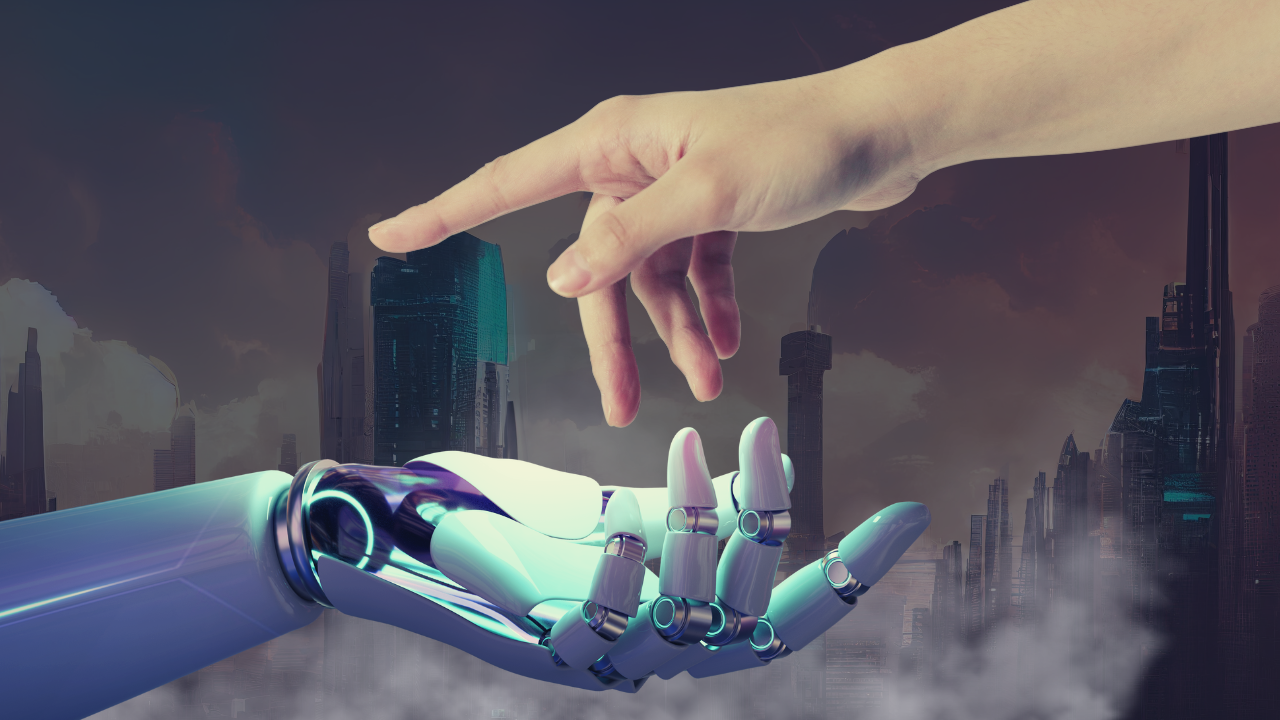
There is still an optimistic view that AI is a partner, not an enemy of humans (Photo: Linkedin).
Consequences beyond the payroll
The AI revolution will not stop at the labor market. Its impact will ripple out, reshaping the fundamental pillars of the global economy.
The risk of structural deflation: As machines become cheaper and smarter, they can produce goods and services at near-zero marginal cost. At the same time, if unemployment rises across the board, aggregate demand in the economy will collapse. Supply surges while demand collapses, a perfect recipe for a prolonged period of deflation, a nightmare for central banks.
Big Government and the Rise of UBI: In a scenario of mass unemployment, governments can hardly stand still. Social pressure will force them to intervene with policies to redistribute income and wealth.
The idea of universal basic income (UBI) – a regular payment that the government gives to all citizens without conditions – will no longer be a fringe experiment but could become a central policy. This is the vision that Mo Gawdat envisions, where people are freed from the burden of making a living to pursue their true values.
Global Tech War: Whoever controls AI controls the future. The confrontation between Washington and Beijing is no longer about tariffs on sneakers or agricultural products. It has transformed into a fierce, dynamic, and ever-changing technology race.
Unlike comparative advantage in trade (which is static), technological advantage can be created, upgraded, and lost in the blink of an eye. For investors and policymakers, understanding the nature of this war is more important than any trade war.
Where will humans stand in the new era?
So what is the way out for workers? The answer lies not in fighting AI, but in learning to “dance” with it.
Billionaire Mark Cuban and Nvidia CEO Jensen Huang believe the key lies in combining AI expertise with uniquely human soft skills. There will always be a need for people to program, train, monitor AI systems and teach others how to use them.
JSA Commissioner Barney Glover underscores the urgency of reforming education. “AI is now a foundational skill,” he says. “We’re all going to have to become some kind of prompt engineer.” But more important than learning how to “prompt” AI is cultivating skills that AI can’t replicate: critical thinking, insight, emotional intelligence, and creativity. These are core values that the social sciences and humanities have nurtured for centuries.
Collaboration between businesses and workers is essential for a smooth transition. Mechanistically imposing AI will only cause resistance and disruption. Instead, co-designing how the technology is implemented, ensuring workers are involved in the process, will yield the best outcomes for both parties.
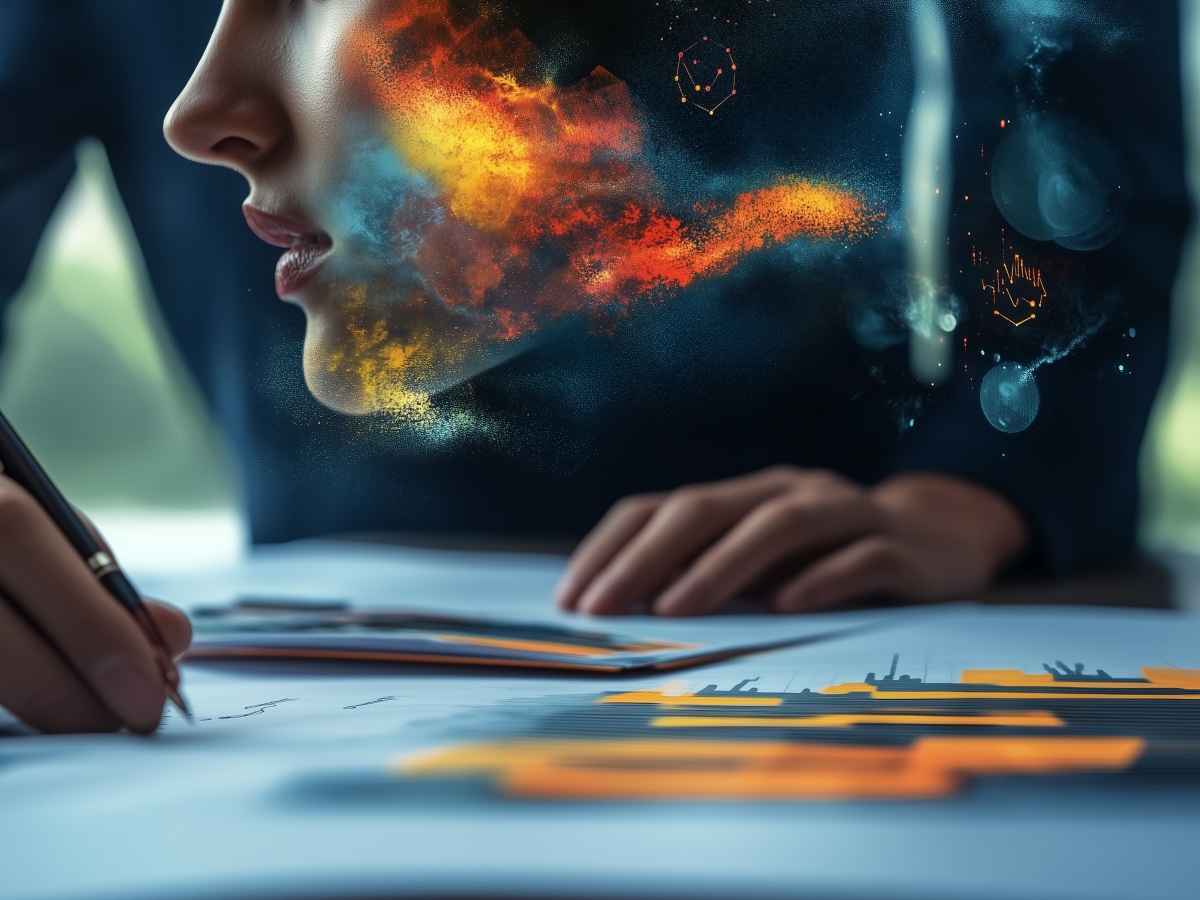
To survive in the AI era, humans should learn to "dance" with it, applying technology to increase productivity (Photo: Okoone).
Perhaps the most profound impact of AI is not how many jobs it takes away or creates, but how it forces us to ask a fundamental question: What is the purpose of work?
“We are not meant to wake up every morning and spend 20 hours a day working,” Mo Gawdat reflects. “We have mistakenly defined our purpose in life as work—that is a lie of capitalism.”
The AI storm could be a painful shock to the labor market in the short term. But it could also be a unique opportunity for humanity to redefine its relationship with work. A future where machines take care of the work, freeing people up to spend more time with their families, pursue their passions, volunteer, and find meaning beyond their job titles.
Of course, the road to that future will not be smooth. It will require wise management, strong regulations, and ethical standards to keep AI from falling into the wrong hands. But one thing is certain: the AI ship has sailed.
“This is no longer science fiction,” Gawdat asserted. “This is reality.”
Source: https://dantri.com.vn/kinh-doanh/ai-ke-huy-diet-hay-la-noi-tai-tao-viec-lam-20250820113007216.htm






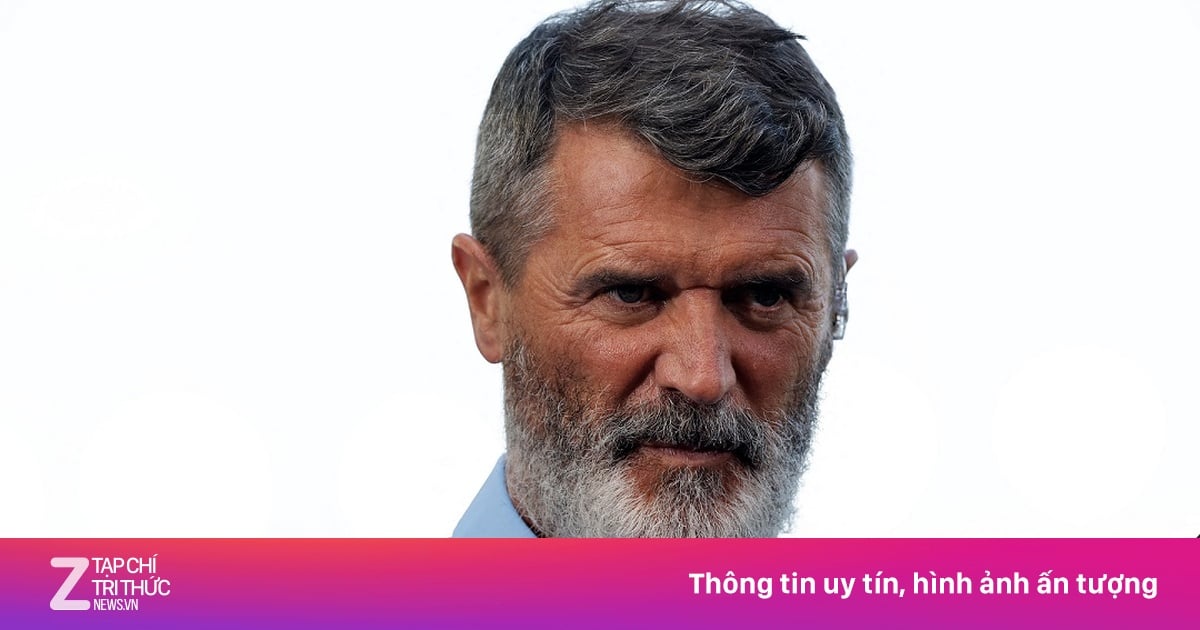


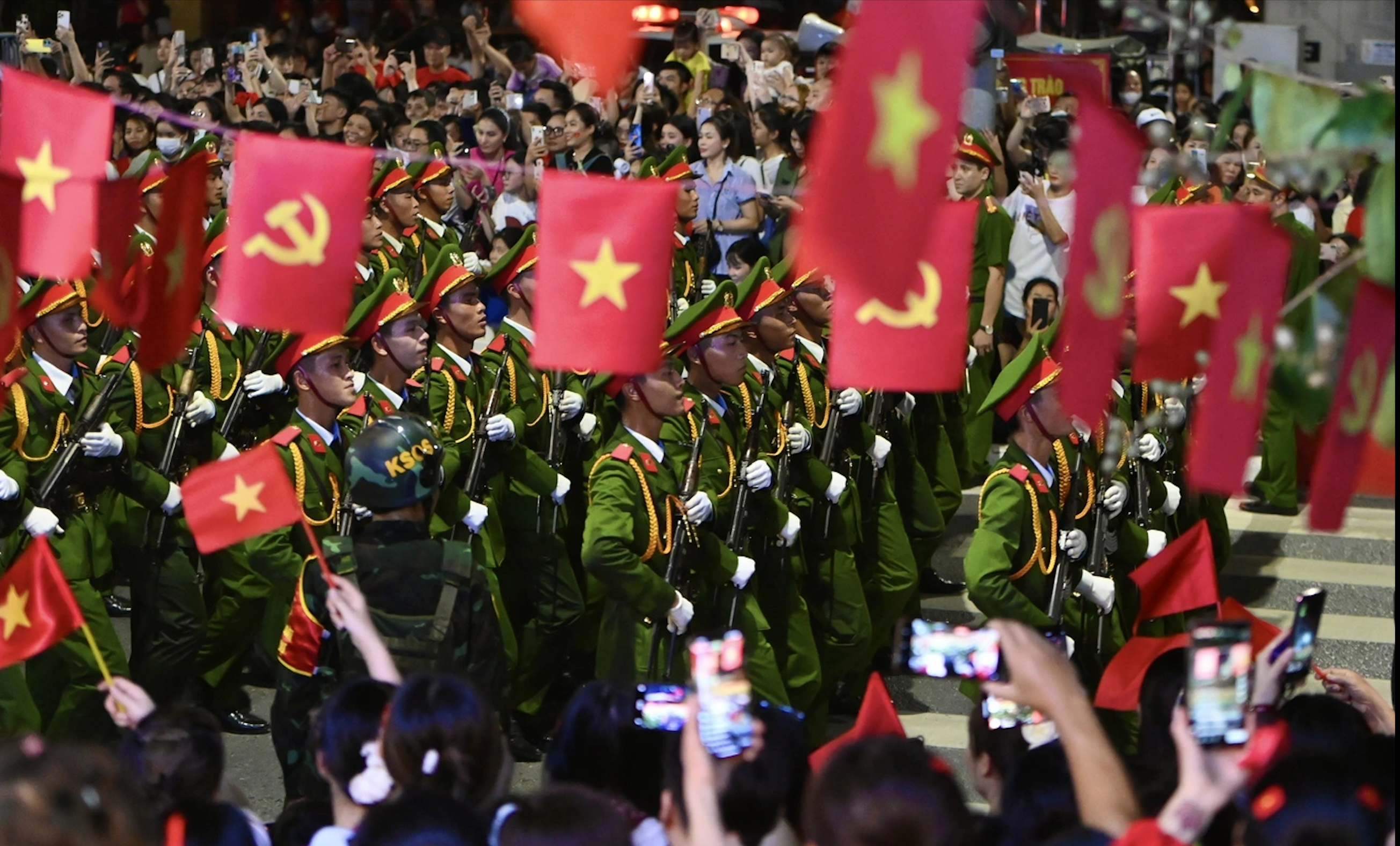
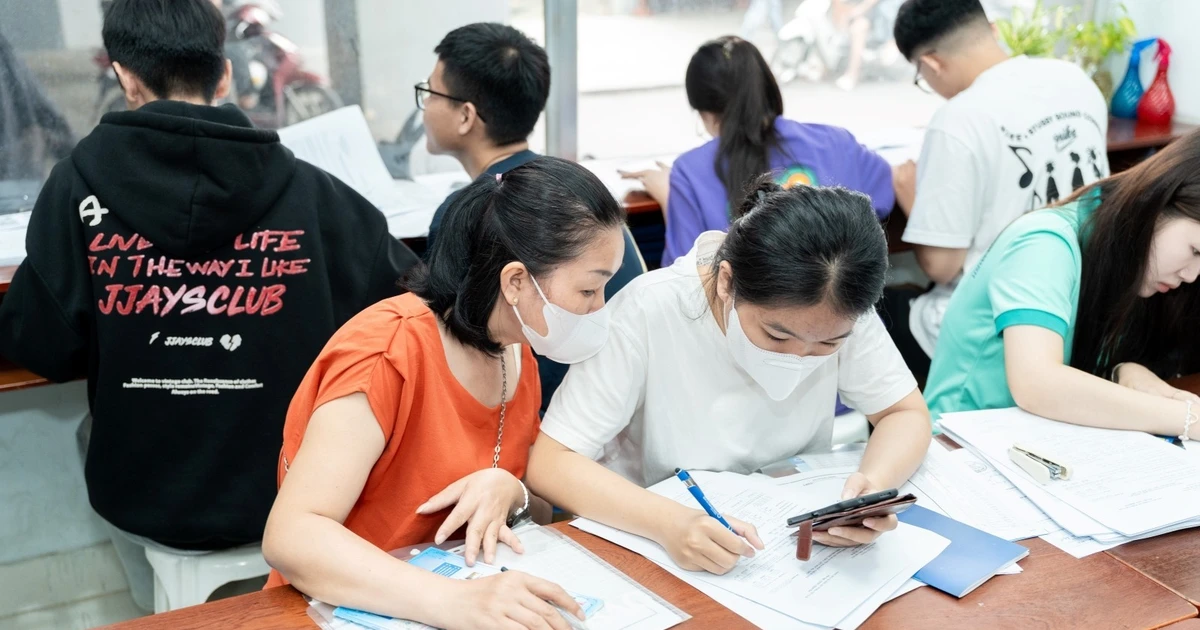
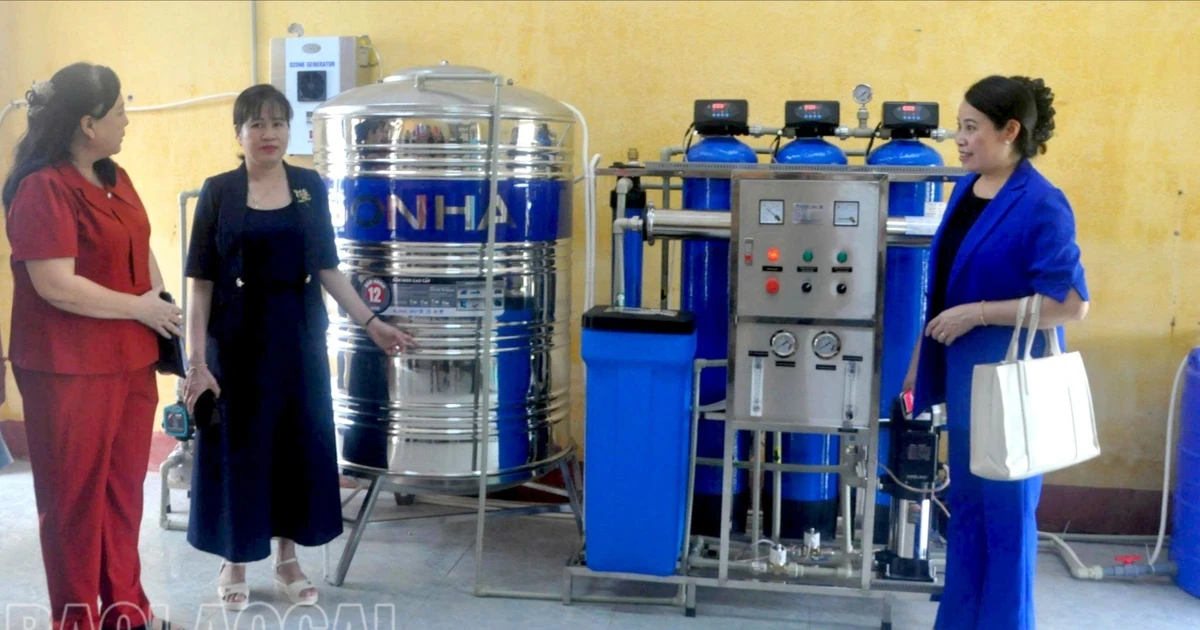
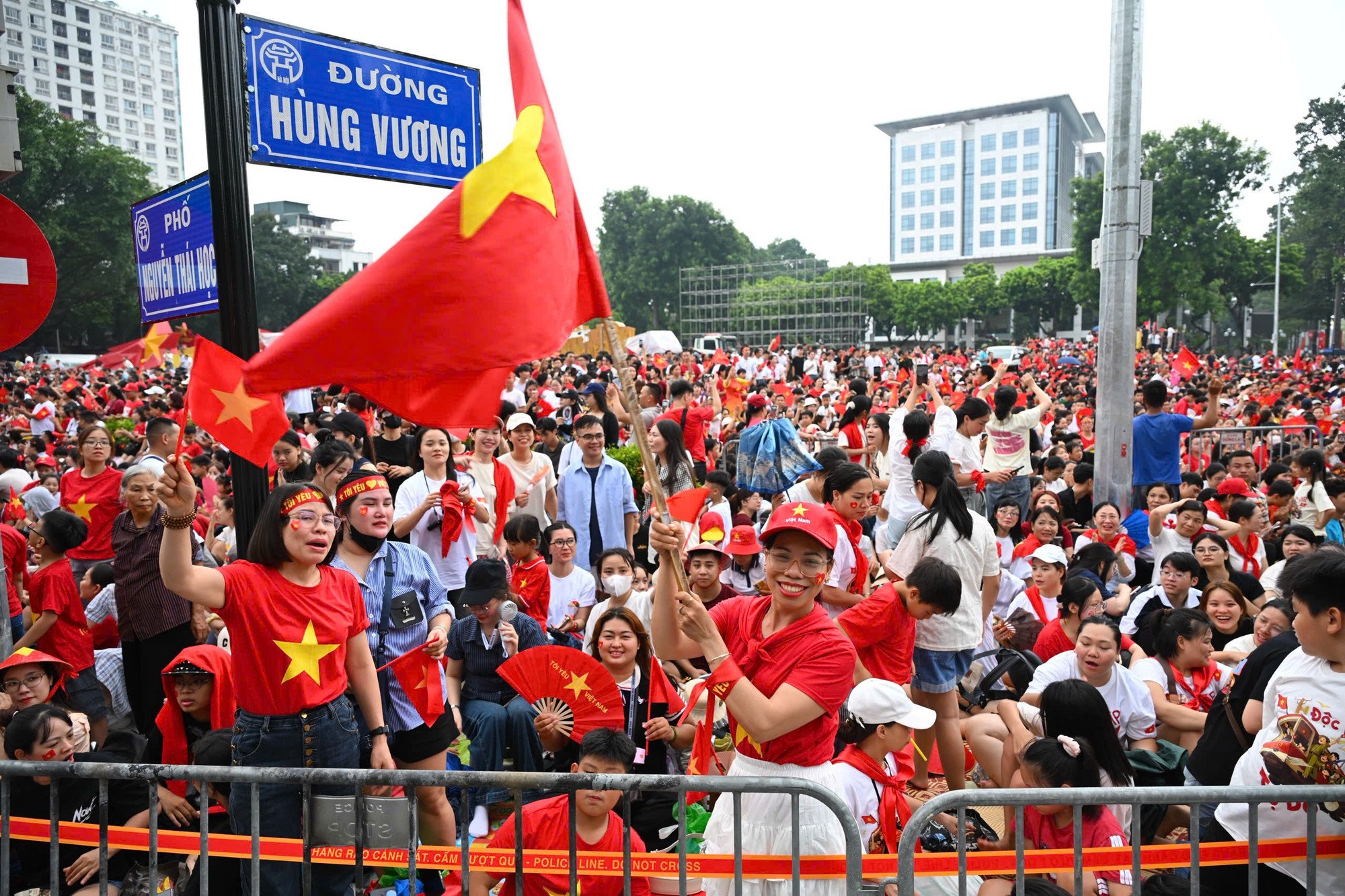


















![[Photo] An Phu intersection project connecting Ho Chi Minh City-Long Thanh-Dau Giay expressway behind schedule](https://vstatic.vietnam.vn/vietnam/resource/IMAGE/2025/8/21/1ad80e9dd8944150bb72e6c49ecc7e08)






























![[Photo] Politburo works with the Standing Committee of Hanoi Party Committee and Ho Chi Minh City Party Committee](https://vstatic.vietnam.vn/vietnam/resource/IMAGE/2025/8/21/4f3460337a6045e7847d50d38704355d)
































Comment (0)